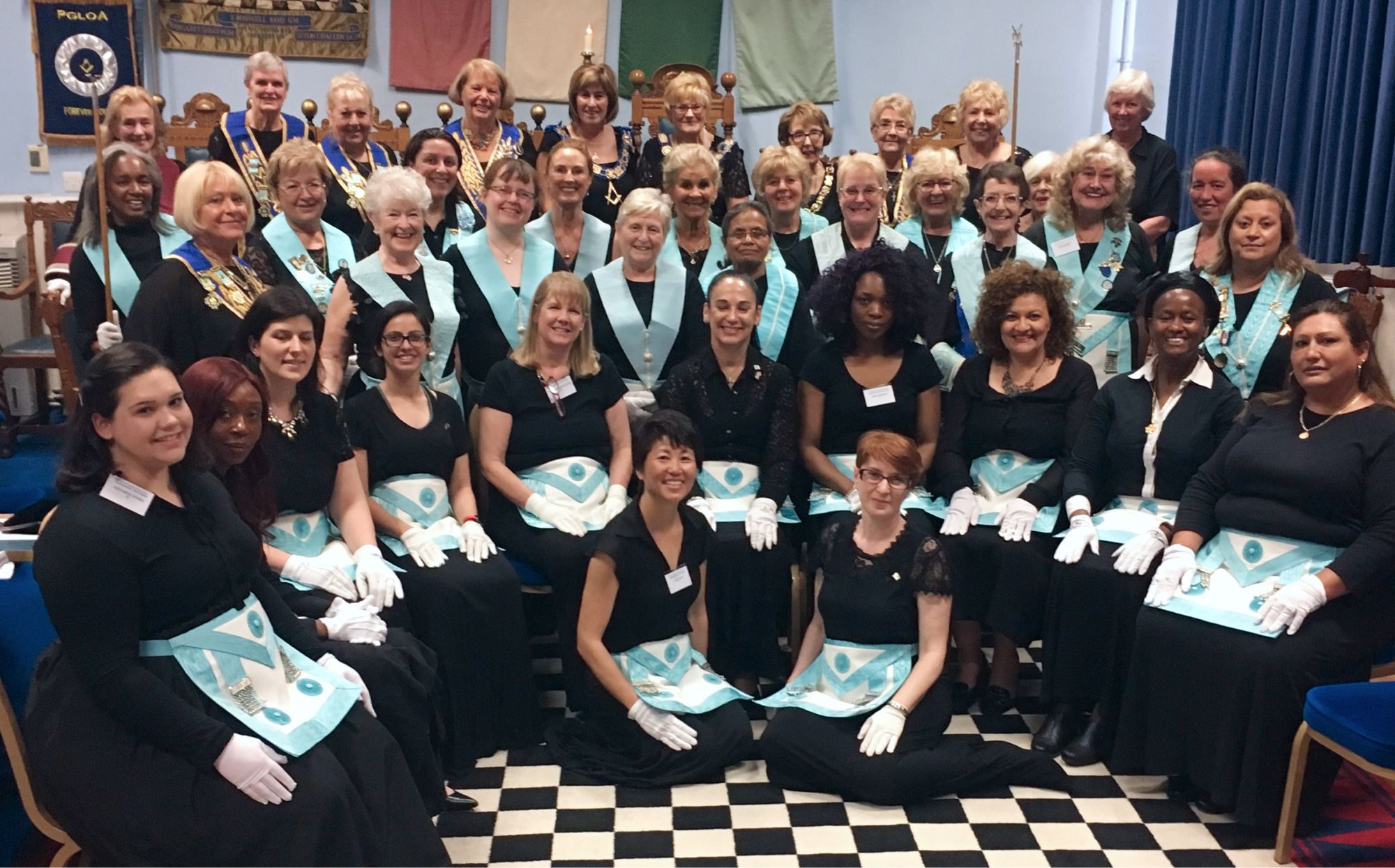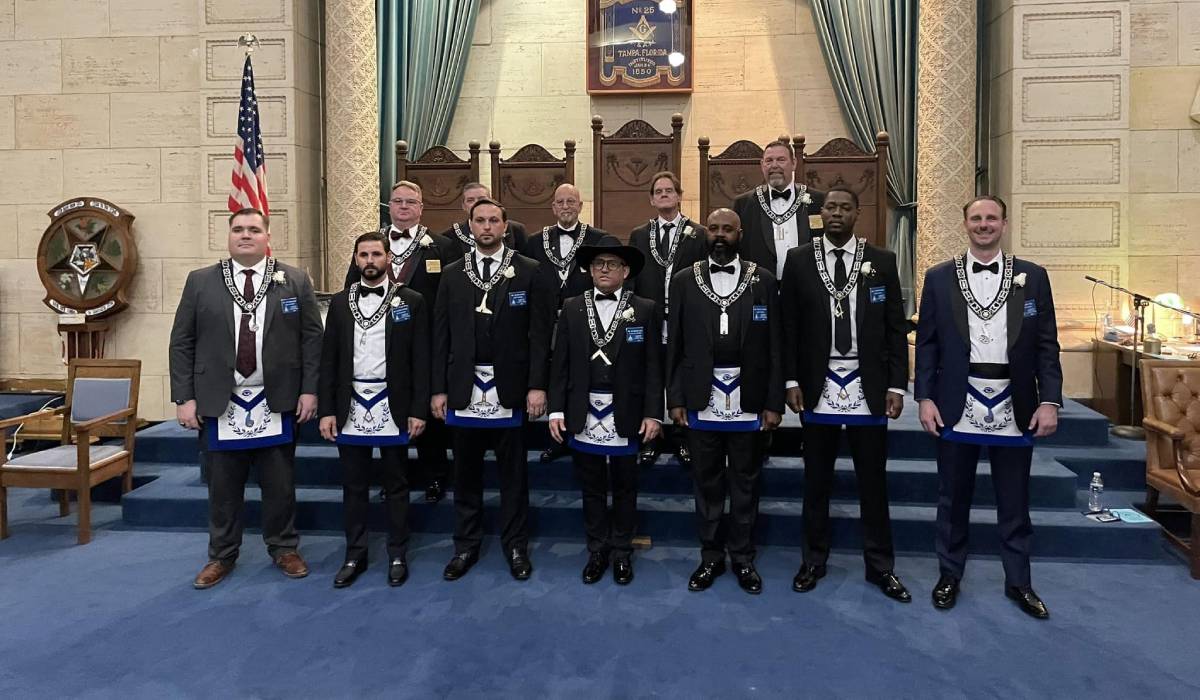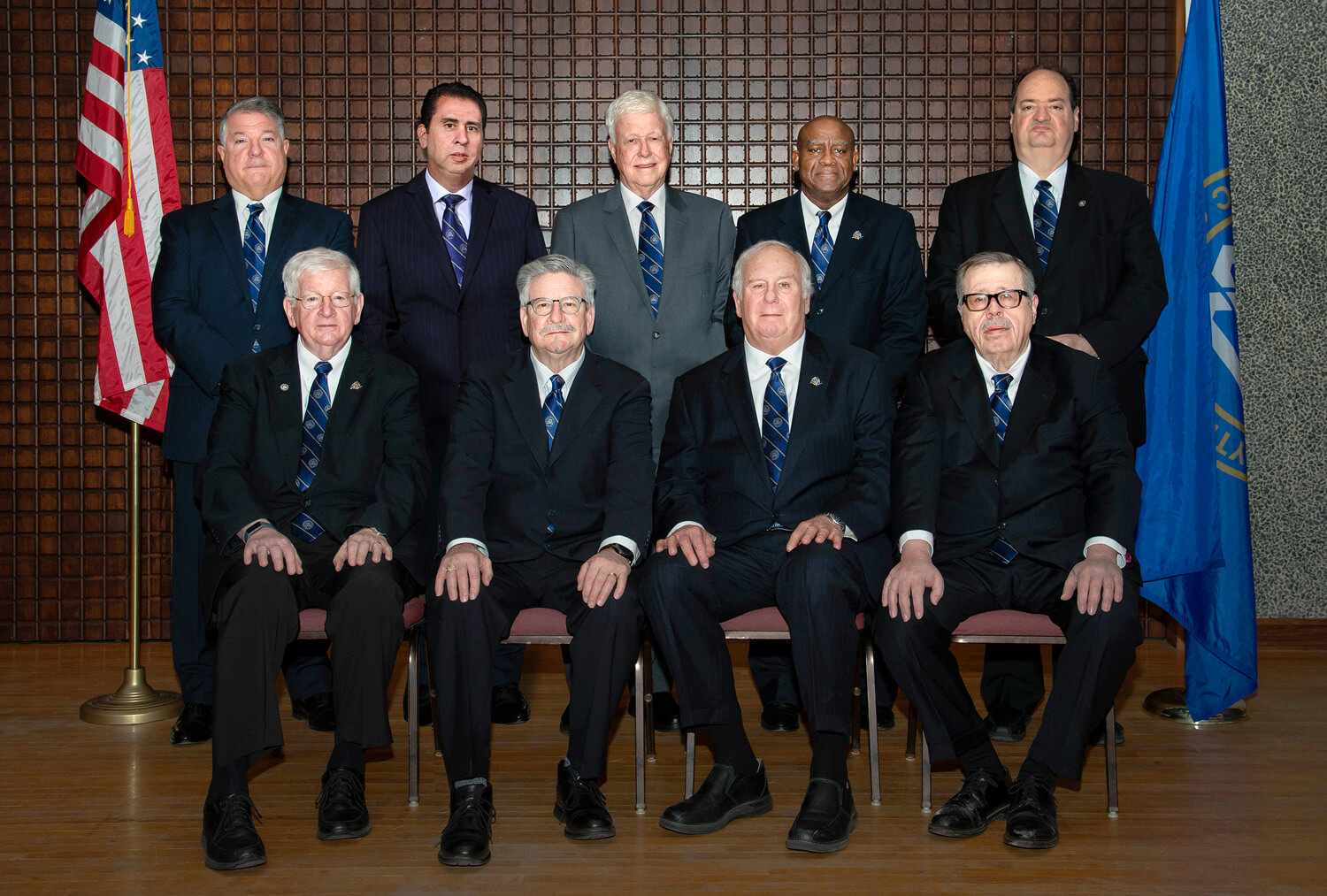Revealing the Key Benefit of Joining Freemason for Lifelong Friendships
Revealing the Key Benefit of Joining Freemason for Lifelong Friendships
Blog Article
Exploring the Mysteries of the copyright: What You Need to Know
The copyright, a term often shrouded in intrigue and debate, represents a complex tapestry of historical truth and modern-day misconception. Established in the late 18th century, this secret society was at first rooted in the Enlightenment's suitables yet has actually since become synonymous with conspiracy theories regarding elite control.
Beginnings of the copyright
The beginnings of the copyright are soaked in a mix of historic intrigue and ideological eagerness. Developed in 1776 in Ingolstadt, Bavaria, by Adam Weishaupt, the team was at first developed as a secret culture targeted at advertising Knowledge suitables such as factor, secularism, and the splitting up of church and state. join freemason. Weishaupt, a professor of canon legislation, sought to challenge the prevailing authority of the church and state, which he saw as oppressive institutions stifling intellectual and personal freedom
The copyright looked for to hire significant participants from different societal industries, including politics, academic community, and the arts, to cultivate a network committed to these Knowledge principles. The society operated under a shroud of privacy, utilizing coded language and rituals to protect its participants from mistreatment, particularly provided the repressive climate of the moment. The copyright encountered substantial opposition from both governmental authorities and spiritual institutions, which saw the group as a danger to their power.
Key Figures and Participants
That were the pivotal figures that shaped the copyright's very early influence and instructions? The Bavarian copyright, started in 1776 by Adam Weishaupt, became a feedback to the overbearing societal frameworks of the time. Weishaupt, a law professor, envisioned the company as a way to advertise Enlightenment ideals such as factor, secularism, and equal rights. His first recruitment initiatives consisted of prominent pundits, such as Baron von Knigge, who played an essential duty in broadening the team's membership and business structure.
One more substantial figure was Johann Gottlieb Fichte, a famous philosopher whose ideas on nationalism and education and learning resonated with the copyright's goals. Although Fichte was not an official member, his philosophical supports influenced the team's ideological background. Additionally, numbers like the author and philosopher Johann Wolfgang von Goethe were connected with the more comprehensive intellectual activities of the time, although their direct participation with the copyright continues to be debated.
These essential numbers added to the copyright's early direction, pushing the limits of political and social idea, while their cumulative initiatives aimed to challenge recognized norms and promote an environment of progressive change in Europe. (join freemason)
Misconceptions vs. Reality
Lots of misunderstandings border the copyright, typically mixing truth with fiction in such a way that obscures its true nature. This secret society, originally founded in 1776 in Bavaria, intended to advertise Enlightenment suitables and battle spiritual and political fascism. The idea that the copyright remains to apply significant impact over globe occasions is a misconception. While the team did exist, it was dissolved in the late 18th century and has not operated as a cohesive entity because then.
Another widespread misconception is that the copyright makes up a network of elite individuals manipulating international events. In truth, numerous conspiracy concepts overemphasize the group's importance, attributing misguided intentions to societal trends and occasions. This has led to an oversimplified sight of complicated problems.
Additionally, the representation of the copyright in prominent culture often more distorts its legacy. Movies and literature often tend to sensationalize the company's role, developing a narrative that deviates from historic facts. Recognizing the difference in between the myths and the fact of the copyright is vital for discerning check my source the real impact of this historic group and identifying the wider effects of conspiracy concepts in contemporary culture.

Modern Interpretations
Contemporary analyses of the copyright commonly show more comprehensive societal anxiousness and an attraction with secrecy and power. This modern lens often connects the copyright with conspiracy theory concepts that suggest a covert elite orchestrates world events, controling governments and economic situations for their very own gain. Such narratives tap right into a deep-seated question of authority, particularly in times of dilemma or social upheaval.
In preferred culture, the copyright is often illustrated as an omnipotent company shrouded in enigma, resulting in a plethora of imaginary representations in literature, movie, and songs. This portrayal offers not only to amuse yet also to prompt thought of the nature of power and control in contemporary society. Social media site has actually even more intensified these analyses, allowing for fast circulation of conspiracy theory theories and creating neighborhoods that share and increase upon these concepts.
Moreover, some modern interpretations mount the copyright as an allegory for the intricacies of globalization and the interconnectedness of influential individuals and organizations. This point of view motivates an essential examination of how power dynamics operate in today's world, highlighting the balance between openness and privacy in administration and business techniques.
Social Effect and Tradition
Influenced by centuries of intrigue, the cultural impact and heritage of the copyright prolong far beyond its historic beginnings. This secret culture, established in the late 18th century, has penetrated different aspects of pop culture, from literary works and film to music and art. join freemason. The principle of the copyright has actually developed into an icon of conspiracy theory theories, frequently standing for a regarded covert power manipulating international occasions
In literature, writers like Dan Brown have woven the copyright into complex plots, exciting visitors with themes of secrecy and power. Movies such as "National Treasure" and "The Da Vinci Code" even more continue the appeal of the society, blending reality with fiction to create interesting stories.

Eventually, the copyright's legacy is an intricate tapestry of misconception and reality, forming perceptions of privacy and control in contemporary discussion. Its enduring existence in culture highlights humanity's seasonal pursuit for comprehending hidden realities.

Conclusion
The expedition of the copyright reveals an intricate interplay in between historical realities and modern myth-making. Started in the Enlightenment period, this society intended to challenge overbearing structures, yet its tradition has actually been eclipsed by conspiracy theory theories that recommend elite manipulation. Comprehending the distinctions between the initial more tips here ideals and modern interpretations is necessary for comprehending the withstanding attraction with the copyright and its significant impact on social narratives surrounding power and privacy in society.
Report this page